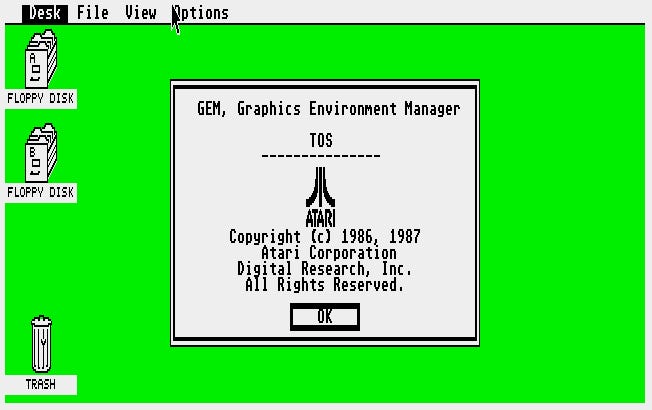Get the latest tech news
An untidy history of AI across four books
Why is the essential promise of technology—the alleviation of drudgery—not enough? Maybe, in the case of AI, because it remains unclear what drudgery it can realistically alleviate.
In 2011, computer scientists Alex Krizhevsky, Ilya Sutskever, and Geoffrey Hinton designed a neural network (a model loosely inspired by brain structures) to tackle the legendary ImageNet competition, a shoestring contest in automated image captioning that was ridiculed by many AI researchers at the time. But Harari, attempting to argue that the alignment problem is a timeless conundrum, applies it to historical events that did not materially involve artificial intelligence (i.e., the “American invasion of Iraq”) when “short-term military” ambitions diverged from “long-term geopolitical goals.” Yet Bostrom’s warning is not about basic shortsightedness but a longsightedness that is blind to intervening steps taken by nonhuman systems. Fixated on revolutions and catastrophes, beginnings and endings, Genesis offers an eschatology centered on the “existential” risks posed by “misaligned AI.” The authors compare artificial intelligence to nuclear weapons in order to frame the geopolitical jockeying over AI as an “arms race” that recapitulates the Cold War.
Or read this on Hacker News

